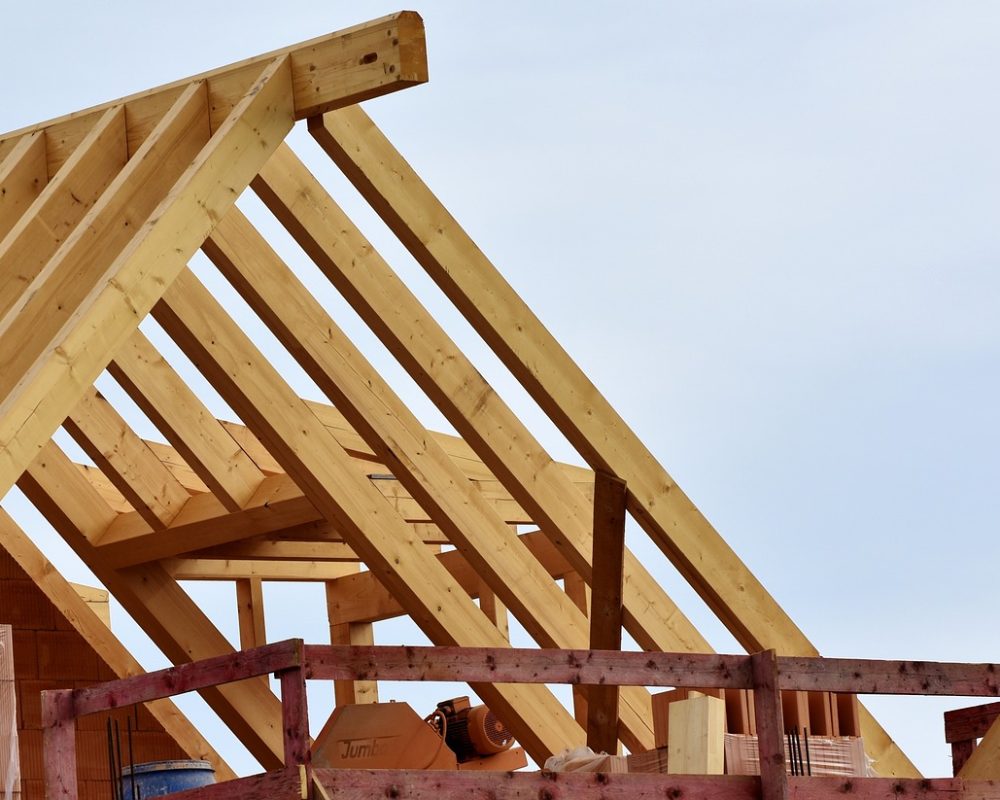Learn all about exterior finishing in home construction, including popular materials, essential steps, insulation tips, and maintenance for a durable, energy-efficient, and visually appealing home exterior.
Exterior finishing serves as the first line of defense against external elements like wind, rain, sunlight, and snow. Without proper finishing, a home may experience structural damage, mold growth, and energy loss. Not only does a well-finished exterior improve longevity and durability, but it also helps to maintain interior temperatures, reducing the overall energy required for heating and cooling.

Vinyl siding is a budget-friendly, low-maintenance option that’s available in a wide range of colors and styles. Vinyl is resistant to moisture and insects, and its color doesn’t fade easily, making it a popular choice for many homeowners.
Known for its durability and classic look, brick can withstand extreme weather conditions. While it’s a higher upfront investment, brick is low-maintenance and fire-resistant, making it a great option for those looking for long-term durability.

Exterior finishing is a process that requires a sequence of steps to ensure that the final result is durable and visually appealing. Here’s an overview of the main stages involved:
Flashings are materials installed at joints, edges, and around openings like windows and doors. They help direct water away from these vulnerable areas to prevent leaks and damage.
Depending on the chosen material, siding or another exterior finish is applied. Each material has specific installation requirements, such as nailing patterns, overlaps, and sealants, to ensure proper attachment and longevity.
Trim and moldings add the final touches to an exterior finish, enhancing visual appeal and sealing edges. These are commonly applied around windows, doors, and corners to create a polished, finished look.
The longevity of exterior finishes largely depends on regular maintenance. Here are some general tips for upkeep:
Inspect Regularly: Periodically inspect the exterior for signs of damage, such as cracks, warping, or peeling paint. Early detection can prevent more significant repairs.
Clean Annually: Power washing or gentle scrubbing can help remove dirt, mold, and mildew, which can damage materials over time. This is especially important for materials like wood, which may attract mold if left untreated.
Repaint or Stain: Wood siding and certain types of fiber cement may need periodic repainting or staining to protect against the elements. This also offers an opportunity to refresh the look of the home.
